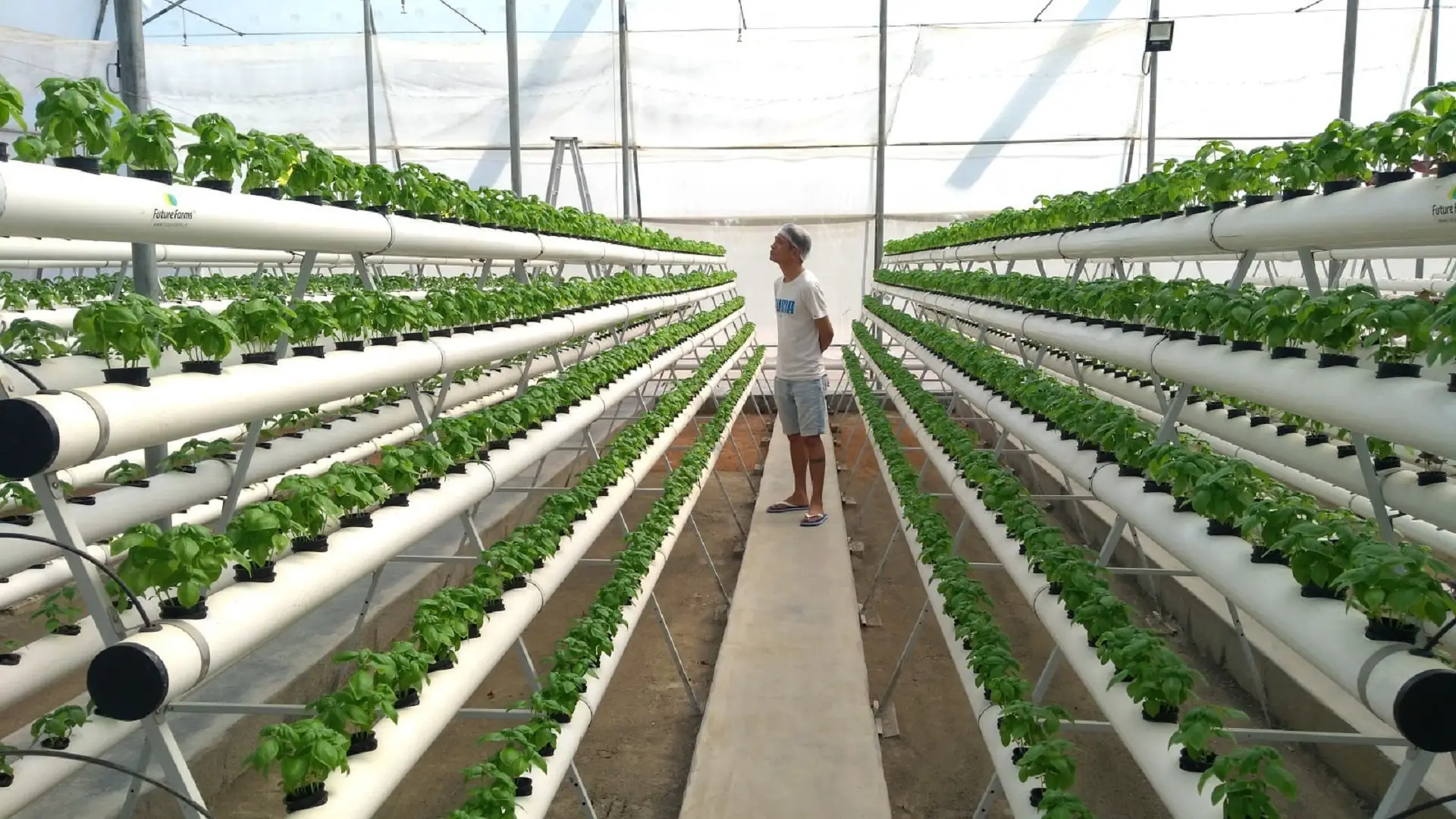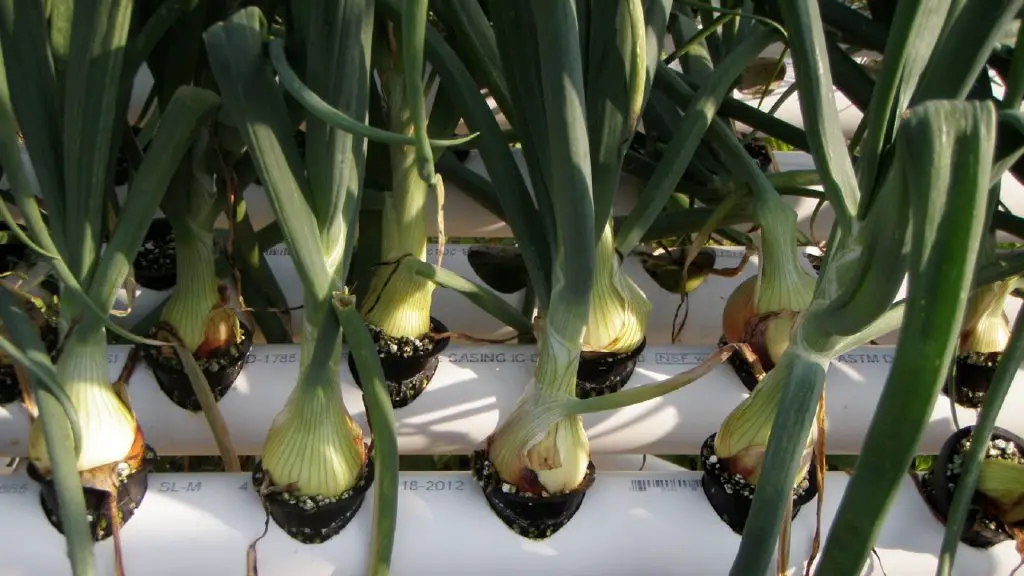Cucumbers are a refreshing and popular addition to many dishes, and they’re relatively easy to grow. One method of increasing cucumbers that is becoming increasingly popular is hydroponics.
In this type of gardening, plants are grown in a water-based solution instead of soil. This kind of gardening can be simple or complex and set up indoors or outdoors.
In hydroponics, plants are grown in a water-based solution that contains all the nutrients they need to thrive.
This method has several advantages, including a reduced risk of pests and diseases and increased growth rates. Plus, hydroponic systems can be set up almost anywhere, making them ideal for small spaces.
Although cucumbers are easy to grow, you need to adhere to the requirements and follow the proper steps in growing cucumbers hydroponically. If you’re interested in trying your hand at growing cucumbers in hydroponics, this article is for you.
We will share the process of increasing cucumber plants in hydroponics, and we’ll also list the different kinds of hydroponics systems so you can harvest your cucumber for your dish in no time.
Best varieties of cucumber for hydroponic growing
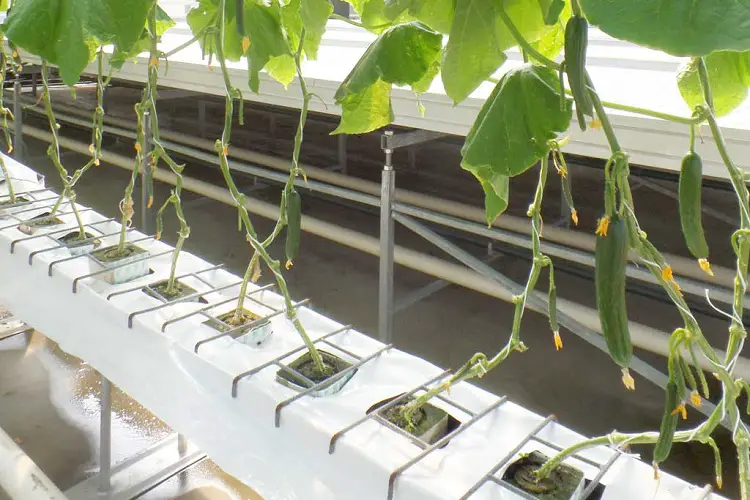
When growing hydroponic cucumbers, choosing a well-suited variety for the growing method is essential.
While cucumbers can be grown in various hydroponic systems, some systems are better suited for cucumber plants than others. This is why you must know the best types of cucumber that you can use.
1. Spacemaster cucumber
Spacemaster cucumber is the best option for small growing spaces such as pots and containers. It is a great variety to grow cucumber hydroponically because of its high yield potential and disease resistance.
It produces crunchy, flavorful cucumbers that are perfect for salads and snacks. Spacemaster cucumber is resistant to common diseases such as downy mildew, mosaic virus, and scab. This cucumber variety produces many fruits over a long growing season.
2. Beit Alpha cucumbers
Beit Alpha Cucumber is a parthenocarpic heirloom open-pollinated cucumber variety, meaning it does not require pollinators to develop and grow. This makes it ideal for growing in greenhouses or cities where there may be less pollinator presence.
This variety has fewer to no seeds and produces lovely cucumbers usually plucked when young and do not require peeling because the skin is tender. The best alpha cucumbers are almost spineless and ideal for snacking right off the vine.
3. Bush Champion
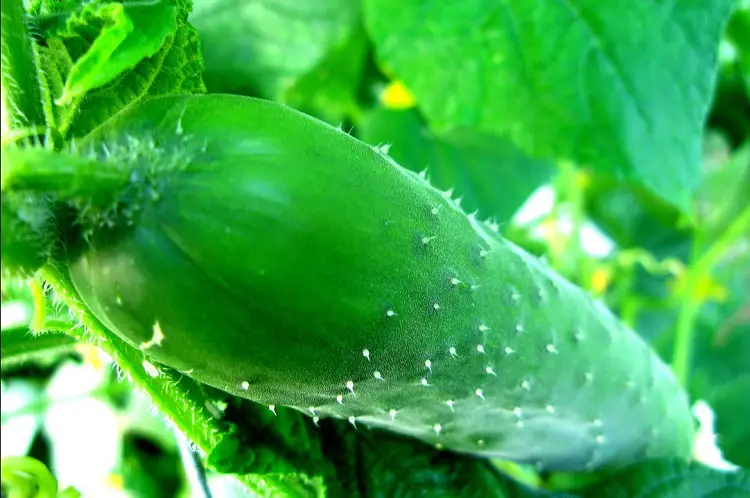
This is another compact variety of cucumber that bears enormous fruits. The fruit is around 11 inches long and easy to cut, with a nice flavor and taste.
Bush champion cucumber can grow up to 10 inches tall, making it simple to see the fruits as they develop until harvest time. This breed resists mosaic, a virus that can affect cucumbers and stunt growth.
4. Lebanese cucumber
Lebanese cucumbers are long and cylindrical, with dark green skin that is somewhat tough, crisp white flesh, and a slightly bitter flavor.
This variety is only 12–15 cm long, and they have smoother skin and a sweeter taste than the typical cucumber.
5. Lemon cucumber
This cucumber variety is a small, spherical heirloom variety with ball-like fruit that measures about a tennis ball in diameter.
The ripe fruit is usually yellow and thick-skinned, and the core contains a lot of seeds.
Requirements to grow cucumbers in hydroponics
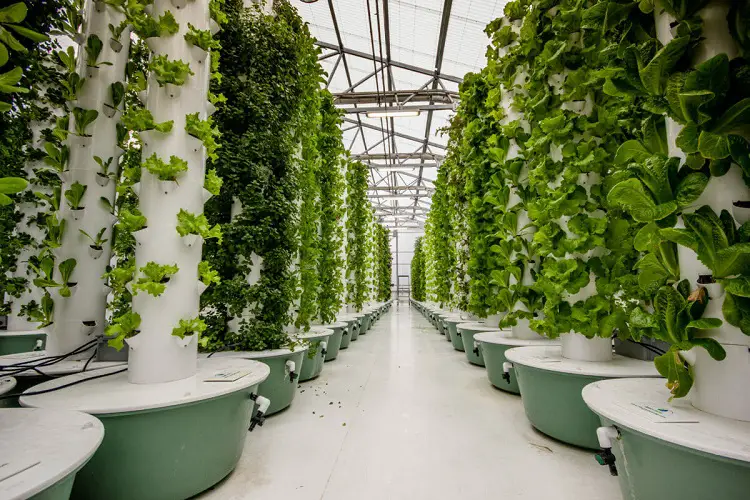
Cucumbers are a reasonably popular choice for hydroponic gardens, as they are relatively easy to grow and don’t require a lot of space.
However, cucumbers do have specific requirements that should be met to grow and bear fruits. Here are some of them:
1. Temperature
Cucumbers are a warm-season crop, meaning they prefer warm weather and don’t do well in cold temperatures.
Cucumbers need daytime temperatures between 70 and 85 degrees Fahrenheit for optimal growth and night time temperatures between 60 and 75 degrees Fahrenheit.
2. Light
Cucumbers require at least 12 to 14 hours of light every day. If you are growing cucumbers indoors, choosing a location that receives plenty of natural light is essential.
You may also need to supplement artificial lighting, such as grow lights. By giving your cucumbers the light they need, you will help them to grow strong and produce an abundant harvest.
3. Spacing
Hydroponic cucumbers thrive in a moist, warm environment and need plenty of growing room. Each plant requires a minimum of 2 square feet of growing space, and larger plants can take up as much as 4 square feet.
The ideal spacing for hydroponic cucumbers is 12-18 inches between plants, with 24-36 inches between rows.
4. pH Level
The ideal pH level for cucumbers is between 5.5 and 6.5. This range is essential for proper nutrient uptake, as cucumbers are susceptible to changes in pH levels.
If the group is too low, the plant will not absorb nutrients properly and will quickly become stunted. Conversely, if the story is too high, the plant will become stressed and more susceptible to disease.
5. Nutrient solution
The ideal solution for cucumbers includes a balance of nitrogen, potassium, and phosphorus. These nutrients are essential for proper growth and development, so it’s essential to monitor the levels carefully.
You may need to adjust the solution periodically to maintain the appropriate balance.
Growing cucumbers in hydroponics – step by step
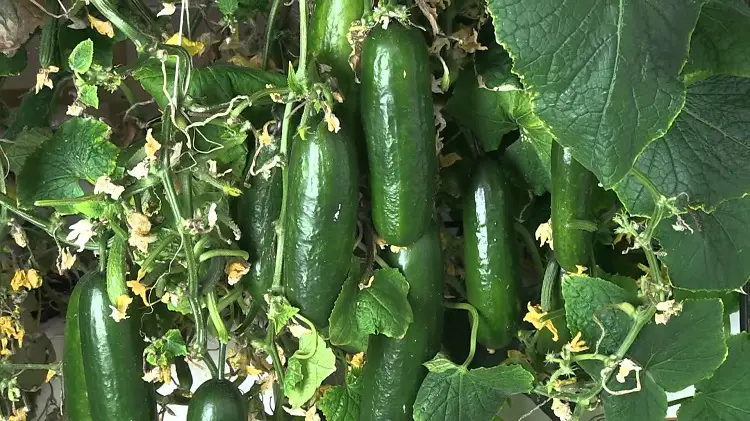
1. Choose the best hydroponic system for you
Cucumbers are summer-grown tropical native veggies that thrive in hot, humid weather and plenty of moisture.
However, they are vulnerable to cold and frost. It’s critical to determine what type of hydroponic system you want to install before growing cucumbers hydroponically and assess if the one you will be using is appropriate.
Later in this article, we will share the best hydroponic systems that you can consider in growing your cucumber plants.
2. Pick the variety of cucumber seeds
Cucumbers belong to the Cucurbitaceae family, and it has two subgroups: slicing and pickling. The significant distinction between the two is size and maturity when they mature. In the early part of this article, we’ve already listed the different cucumber varieties.
Although any cucumber variety may grow in a hydroponics system, it is essential to choose the array since it affects your garden and your unique needs.
3. Decide on your growth method
There are different methods to grow hydroponic cucumbers. One is germination, a popular choice among both expert and novice gardeners. The other options are to clone or transplant them from the ground.
If you want to grow cucumbers by germinating seeds, use tiny seedlings, then sow them directly and individually in about four inches of the hydroponic substrate. Cloning and transplanting are typically regarded as more expensive and time-consuming than germinating seeds, which is why it is less popular.
4. Give proper spacing, light, and temperature
Give the cucumbers the proper spacing, light, and temperature in a hydroponic system, and you’ll be rewarded with an abundant crop of crisp, delicious cucumbers. Cucumbers are space-hungry plants, so they’ll need at least 2 feet distance per plant.
They also prefer warm temperatures, so if you’re growing them in a greenhouse or other enclosed space, provide adequate ventilation and heat. Lastly, cucumbers need plenty of light to produce bountiful fruits, so aim for at least 12 hours of direct sunlight per day.
8. Use the vine training method
Planting your cucumbers in the manner you want them to develop is the best approach to regulate their growth and create the hydroponic system you’ve always wanted. Using a vine training or trellis training strategy is the recommended way to do this.
Vining cucumbers, especially climbing cucumbers, can quickly develop vertically. These vining cucumbers are not only space savers; they’re also disease and pest-resistant. Cucumbers can be trained to mount using a variety of supports.
Pick support that is tall and strong enough to support your plant. The majority of cucumber plants require anything between 4 and 6 feet tall to grow successfully.
9. Pests and disease prevention
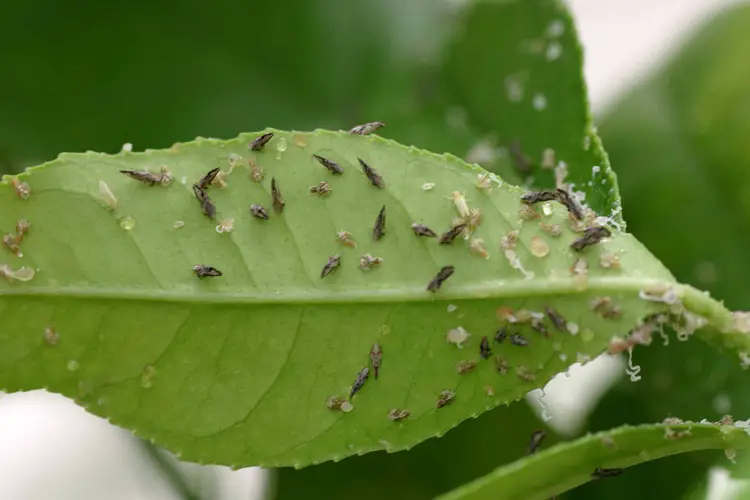
Cucumbers grown hydroponically are delicious and fresh, but it’s critical to keep pests and diseases at bay.
Powdery mildew
Powdery mildew is one of the most common problems that hydroponic cucumbers suffer from. This white mold attacks the cucumber plant’s leaves, flowers, and fruit cucumber plant, developing on them.
It will not harm your cucumber, but it will compete for nutrients with it and cause it to grow more slowly. This can result in a slower growth rate, decreased vitality, and even an inability to produce or yield.
If you detect the fungus spreading on your plant, use an organic fungicide. A fungicide containing sulfur as the primary active ingredient is ideal for this condition.
Also, remove and trim any diseased leaves and clean and sanitize your shears after using them on the afflicted parts of the plant.
Spider mites
Spider mites can damage cucumber plants. These pests are attracted to cucumbers since the environment is warm enough to live. The presence of spider mites may degrade your cucumber plant’s photosynthesis efficiency, which will result in a reduction in yield.
The tiny black spots on a cucumber plant’s underside caused by spider mites may be seen with close attention. Spider mites will appear as small, black spots on the bottoms of the cucumber leaves and cause them to become yellowish and sluggish in growth.
Gummy Stem Blight
Gummy Stem Blight is another disease that affects the leaves and stems of the cucumber plant, causing wet black spots on leaves and splitting open stalks to ooze a reddish-brown gummy substance.
The fungus can spread to the plant’s fruit and develop into black rot if left untreated. This illness is expected during high heat and humidity and spreads via contaminated soil and seeds.
The best approach to prevent your cucumber plants from getting gummy stem blight is to use commercial fungicides during the prime gummy stem blight season or as soon as the leaves on the cuke plant are full size.
10. Harvest

On average, cucumbers reach a length of approximately a foot (35 cm) when they are ripe for harvesting, depending on the type you’re growing. Aside from size, you can determine if a cucumber is ripe for harvesting by carefully examining the vegetable’s skin.
It’s ready to be picked if the skin is thick and difficult to scratch with your fingernail or thumbnail.
Cucumber harvesting is simple. Snip the individual vegetable just 0.635 cm above the vine to harvest it. Tugging on the cucumber may harm the plant, so avoid doing it.
Best hydroponic systems for cucumbers
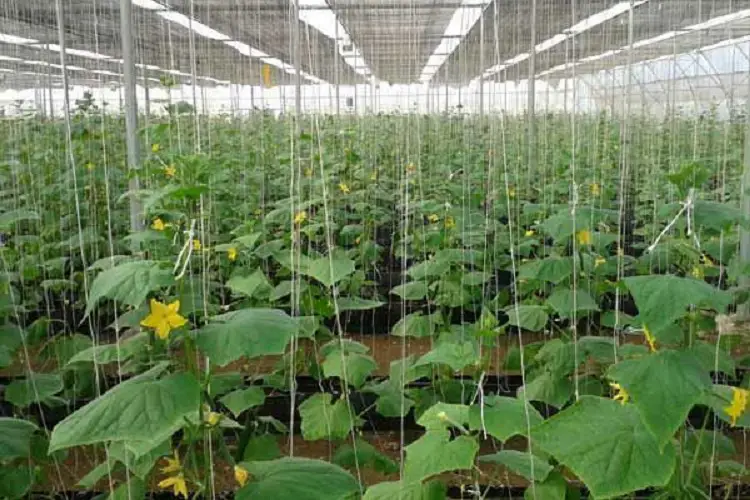
The hydroponic systems you will use will depend on the variety of cucumbers and your choice of location. Here are the best hydroponic systems for cucumbers.
1. Drip system
This hydroponic system saves water and fertilizer by allowing water to drip slowly to the roots of plants, either onto the soil surface or directly onto the root zone, through a network of pipes, valves, emitters, and tubing.
It is done through narrow tubes that deliver water directly to the base of the plant. The water drips slowly to be absorbed efficiently by the plant’s roots. Drip systems can be used in gardens, greenhouses, nurseries, and landscaping.
As the name suggests, the system uses small emitters that will drip the nutrient solution directly to your plants.
2. Bubble bucket
A bubble bucket is a type of DWC hydroponics in which a bucket, net pot lid, air pump, air stone, liquid nutrients, and sometimes a growing medium are all used.
Plants are attached to the net pot either with or without a growth medium, with roots dangling down to absorb water, oxygen, and nutrients.
The name suggests that the systems are made of buckets, often 5-gallon buckets, and include an air pump and air stone to aerate the water. Plants are planted on top of the bucket, and their roots extend inside it.
The roots get everything they need to flourish from the air supplied by the bubbles and nutrients mixed into the water in the bucket.
3. Large ebb and flow systems
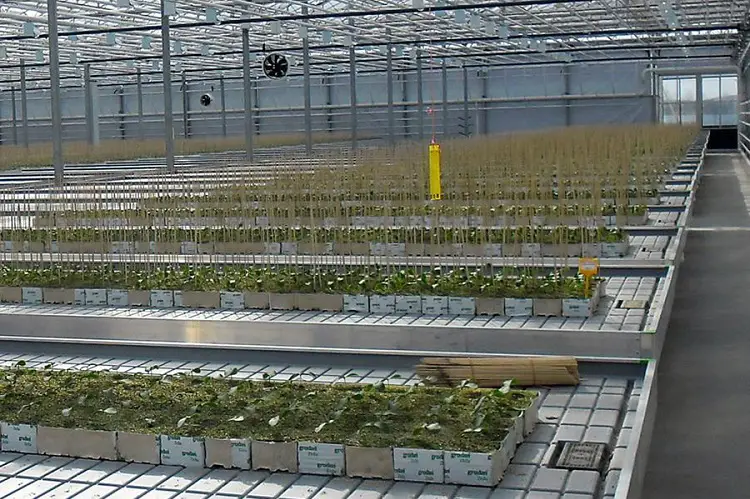
Ebb and flow systems, also known as flood and drain systems, are hydroponic setups where plants are grown in an intermittently flooded grow medium.
The repeated flooding and draining of the grow medium provide plants with oxygen, moisture, and nutrients while also preventing problems with stagnant water.
This system is simple to set up and relatively forgiving of mistakes, making them a popular choice for beginner hydroponic gardeners.
However, ebb and flow systems require regular maintenance to ensure that the growing medium does not become soggy or dry.
4. Dutch bucket system
The Dutch bucket, also known as a Bato bucket, is a hydroponic system in which two or more growing containers are linked to the same irrigation and drainage lines.
Commercial and home growers utilize the Dutch bucket to cultivate tall and vining crops such as tomatoes, cucumbers, eggplants, peppers, pumpkins, squashes, and beans, which require a lot of nutrients.
Conclusion
Cucumbers are a popular vegetable that can be grown hydroponically. Hydroponic gardening is a great way to grow cucumbers if you don’t have a lot of space since the plants can be grown in small containers or even indoors.
In this post, we walked you through the step-by-step process of planting a hydroponic system for cucumbers and shared some of the best hydroponic systems for cucumbers.
So there you have it! Everything you need to get started planting your very own hydroponic cucumber system.
By following these simple steps and using one of the systems we’ve recommended, you should enjoy a bountiful harvest in no time. We hope you enjoy this fun and rewarding gardening project!
Hydroponic cucumbers FAQs
How Do You Pollinate Hydroponic Cucumbers?
If you want to pollinate your hydroponic cucumber plants, you’ll need to identify the male and female blossoms. Male flowers are generally smaller; they bloom first and have visible pollen powder within them.
You can also use a small paintbrush or cotton swab to transfer pollen from the male flowers to the female flowers.
How to tell if a cucumber plant is pollinated?
If you pay attention to the physical size of a cucumber, you can tell if it has been pollinated. If the cucumber is growing or getting more extensive, pollination occurs successfully!
There are several aesthetic improvements to be aware of, aside from the significant one. However, there is nothing to worry about.
What are the benefits of growing hydroponic cucumbers?
There are several benefits to growing cucumbers hydroponically. First, it’s a very efficient way to grow cucumbers, as there is no need for soil preparation or weeding.
Second, because the roots are submerged in the nutrient solution, they have access to a constant supply of nutrients, leading to faster growth and bigger yields.
Finally, hydroponic systems can be easily controlled and monitored, allowing more precise control over growing conditions.a

